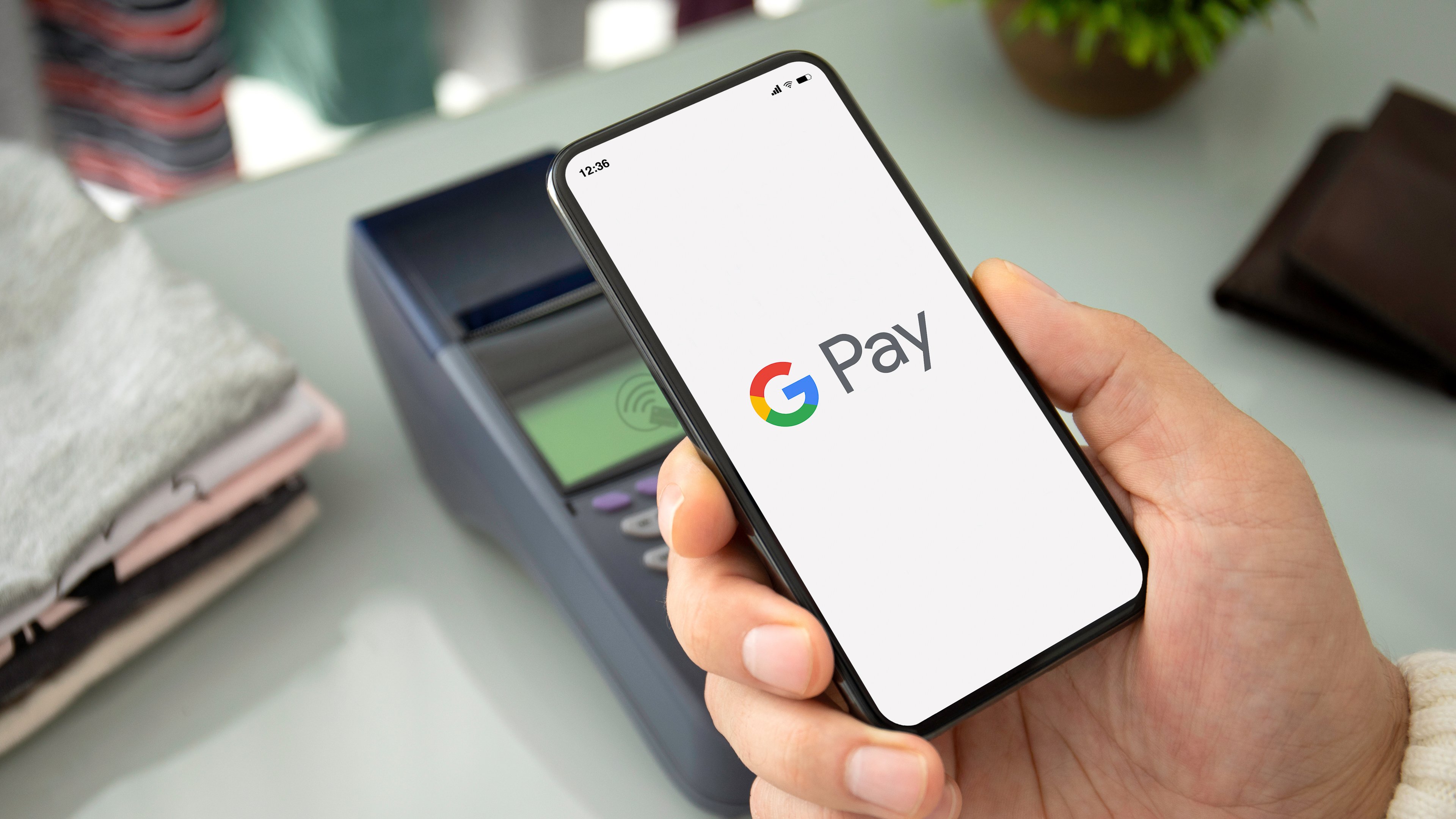
Google Pay has quickly become one of the most popular and convenient digital wallets in the world, transforming the way people interact with money. In this article, we’ll tell you about the many features of Google Pay and how it continues to shape the future of digital transactions.
Seamless contactless payments in stores
Google Pay allows users to make contactless payments at millions of NFC-enabled terminals around the world. Simply unlock your phone and hold it up to a compatible payment terminal to complete your transaction in seconds. The feature is supported on NFC-enabled Android devices and is widely accepted in supermarkets, restaurants, gas stations, and more. With tokenized security and device authentication, it provides a safer alternative to physical credit cards.
Easy online and in-app purchases
Google Pay isn’t just for brick-and-mortar stores, it also makes online and in-app purchases easier. With saved cards and payment information, users can pay with a single tap on supported websites and apps. This eliminates the need to manually enter card details for each transaction, speeding up the process and reducing the risk of errors. Retailers like Airbnb, Uber, and the casino industry are successfully integrating these features: https://techclient.com/benefits-of-using-google-pay-when-gambling-online/, making digital transactions more efficient.
Peer-to-peer transfers and bill splitting
Send money to friends and family easily with Google Pay’s peer-to-peer (P2P) transfers feature. Users can instantly transfer funds by selecting a contact from their phone book, without the need for bank information or long routing numbers. Google Pay also allows for group bill splitting, helping users easily split the cost of dinners, events, or trips. This is especially useful for roommates or social circles that often share expenses.
Integration with Loyalty Programs and Offers
One of Google Pay’s most powerful features is its ability to store and manage loyalty cards, gift cards, and promotional offers. Users can add memberships for specific stores, and Google Pay will automatically apply available discounts at checkout. This centralization not only simplifies wallet management, but also ensures that users never miss out on rewards. Some businesses even offer special bonuses or cashback for using Google Pay during promotions.
Secure Payment Technology and Privacy
Security is at the heart of Google Pay’s design, using multiple layers of encryption and authentication. Transactions are tokenized, meaning your actual card number is never shared with the merchant. Biometric verification, such as a fingerprint or facial recognition, adds another layer of protection, especially for high-value payments. Additionally, users have control over their privacy settings and can view or delete their transaction history directly in the app.
Banking and financial integration
Google Pay is evolving beyond just being a payment tool — it now integrates with bank accounts and provides spending insights. In supported regions, users can link their bank accounts and view balances, transactions, and budgeting tools directly in the app. Google has also explored partnerships with banks to offer virtual banking services under the Google Pay umbrella. This positions Google Pay as a central hub for both everyday spending and personal finance management.
Google Pay continues to redefine how consumers manage and use their money, offering a fast, secure, and feature-rich payments ecosystem. From making everyday purchases to managing loyalty cards and finances, it offers tools that enhance convenience and security. As digital wallets become increasingly important in today’s society, platforms like Google Pay will only grow in influence and functionality. Leveraging its capabilities allows users to stay ahead in a world where mobile payments are quickly becoming the norm.





